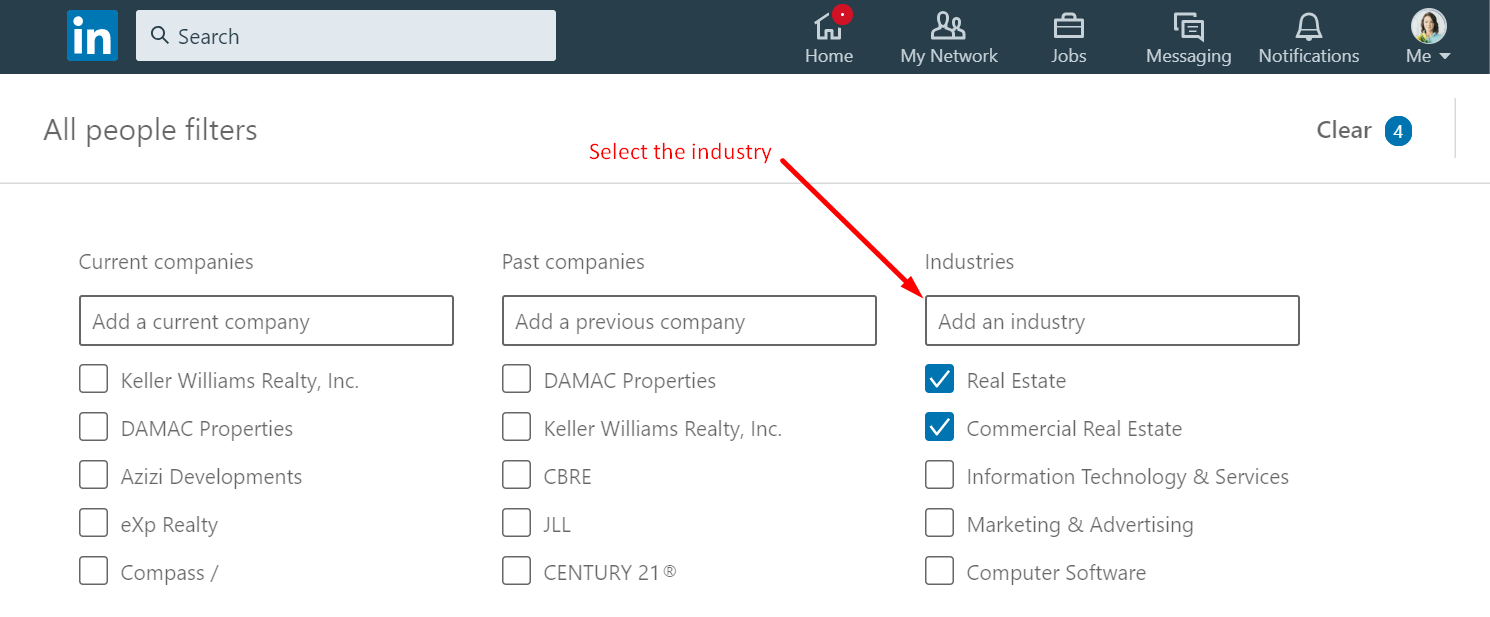Now Reading: 3 Smart Steps to Start A Tech Company With No Money
- 01
3 Smart Steps to Start A Tech Company With No Money
3 Smart Steps to Start A Tech Company With No Money

I have been working in the tech business for about 10 years and can firmly say that this niche is always growing at an enormous speed. I started my career in 2009 as an Account Manager working with digital projects at a small local marketing agency. Today I have my own IT company developing projects for clients from all around the world. Starting a tech business is one of the first successful businesses that I’ve built and managed to scale up with no investment. And you can do the same. Just follow three simple steps I used to start and grow my own tech company and you’ll be able to build a successful business.
1. Define your startup company direction
You cannot even imagine how many IT companies are created every day in the world. When we started to learn our competitors we were shocked by the competition that exists on the market. At the same time, we were very upset and disappointed with the situation because we didn’t realize how we could get clients. So what is the way out?
It doesn’t matter whether you decided to start a web development company in India or in the USA, the competition is so tough that it’s very hard to prove that your company develops better websites than anyone else. So, what to do?
Think about your startup company direction and answer the following questions:
What services do I love to produce? For example, it is web development services only, or you take responsibility for business consulting also.
What is my ideal client? I mean what is my ideal client’s niche? For example, my company works with small businesses and startups, but what we love the most is to develop websites for the real estate niche.
How many projects can my company take at a time? It is very important, because if you have a small team you can focus on finding one or two clients at a time to provide IT services, and that will be enough.
When you finish defining your tech business positioning it is time to move to your resources.
2. Build a team for your startup

People are the key to success in any business. If you have a team of developers and designers who are your business partners and do not expect a high salary from the start – that is awesome.
I for one have started my business with two friends one of whom was a designer and another friend was a manager just like me. We didn’t have any CTO or developers, as well as investments, but still managed to build a distributed team of highly qualified professionals. So, how to do it?
Find local teams
Find small teams providing the same IT services as your company and offer them to be your outsource team. For example, you have strong back-end developers, but lack of front-end resources. there is no need to hire specialists when you have no investments. All you need to do is to attract external resources for your projects. The process is simple and quite attractive for small companies who are searching for clients. You will bring orders, they will help you with the work. When you attract local market resources you have an opportunity to meet with such teams personally and discuss all the details.
Find remote partners
Another way to find people for your IT company is to search for remote teams who are ready to collaborate on project-based terms. The process is very similar to the previous step, the only difference is that you should learn more about your potential partner, their quality of work, a portfolio of what they did before. Since you have no chance to meet such people personally, make sure to discuss all the details and get guarantees that the service will be provided on a high level.
3. Sell IT services
So, you have everything to run a successful IT business. Everything except clients. And this is the question I want to describe in more detail because clients are everything you need to start making money, and you should put all your efforts into the sales process.
If you decided to start an IT company with no investment be prepared to become an influencer in your niche and a sales star. And it doesn’t mean that you should go from a company to a company and sell your services 🙂 No. You should become a very creative sales guru and experiment a lot.
Here are the 3 key sales channels I use to sell IT services online and get clients for IT business:
Networking
Starting an IT company never underestimate networking. Network hard. In fact, networking is the number one channel that brings clients to my IT company. Networking helps me to build a reputation and get recognizable on the market. Every time I meet new people I tell them about my business. And it is not about aggressive promotion. You just never know when you can help and people will need your services. And how you can help if nobody knows about what you are doing.
Simple rules to remember while networking:
– Visit more local events and actively socialize;
– Remind about yourself after the event and build relationships;
– Create business cards and share them every time you meet new people;
– Tell about the problems you can help to solve rather than the list of your services
LinkedIn
I am not sure if you are aware of the opportunities for sales provided by the LinkedIn platform. Thousands of companies find their partners on LinkedIn. Such companies as Zoom, PayPal, Microsoft actively use the opportunities provided by LinkedIn targeted search.
“We used Sales Navigator to find C-level executives in the Bay Area who had hockey as an interest.” – Greg Holmes, Head of Sales
So, if you still don’t use LinkedIn for your IT sales strategy, it is time to start.
Here is the list of essential steps to be done if you want to take the most from LinkedIn:
– Optimize your LinkedIn profile
If you have started your own tech company people should know about your expertise and the way you can help them to solve their problems.

– Follow people in your industry
Make a list of your competitors and follow their top managers. Most companies use LinkedIn for new business development, share useful content and their experience. Watch what other leaders in your industry do and try to do the same.
You can also think about the opportunities to collaborate with your competitors. Remember we talked about remote teams?
– Share your case studies and experience
If you want to build a reputation and be associated with IT services you need to start sharing your expertise. Share useful content from your blog, join groups related to your industry and actively leave comments there.
– Connect with your potential clients
If you focus on providing a solution for a particular industry find and connect with people from this niche.
LinkedIn provides a flexible extended search you can use to find the people you are interested in.
1. Select the 2nd type of connection.
In this case, your connection won’t be so “cold” and you’ll have more chances to be added by the people.
2. Select the region you want to work with

3. Select your client’s industry
If your potential clients add you to their network, they will start seeing your content, experience and business details. You can also exchange messages and discuss professional questions. Remember that sale is all about relationships.

Partnership
One more channel that I am focused on is a “sales partners network”. We managed to build a network of sales representatives who live in different countries and represent our business interests there.
Try to find people who can be interested in your services, share your values, and are ready to earn a commission once the deal is closed. This strategy will give you an opportunity to grow your business fast. Just remember about your resources to develop all the projects at a time.
Sum up
So, how much does it cost to start a tech company? As you already know it is not so hard to start a tech company with no money. All you need to do is to use three simple techniques I shared with you and always stay focused.
Tetiana is a business coach and owner of IStartHub, a business media for ambitious female entrepreneurs and small business owners.
















